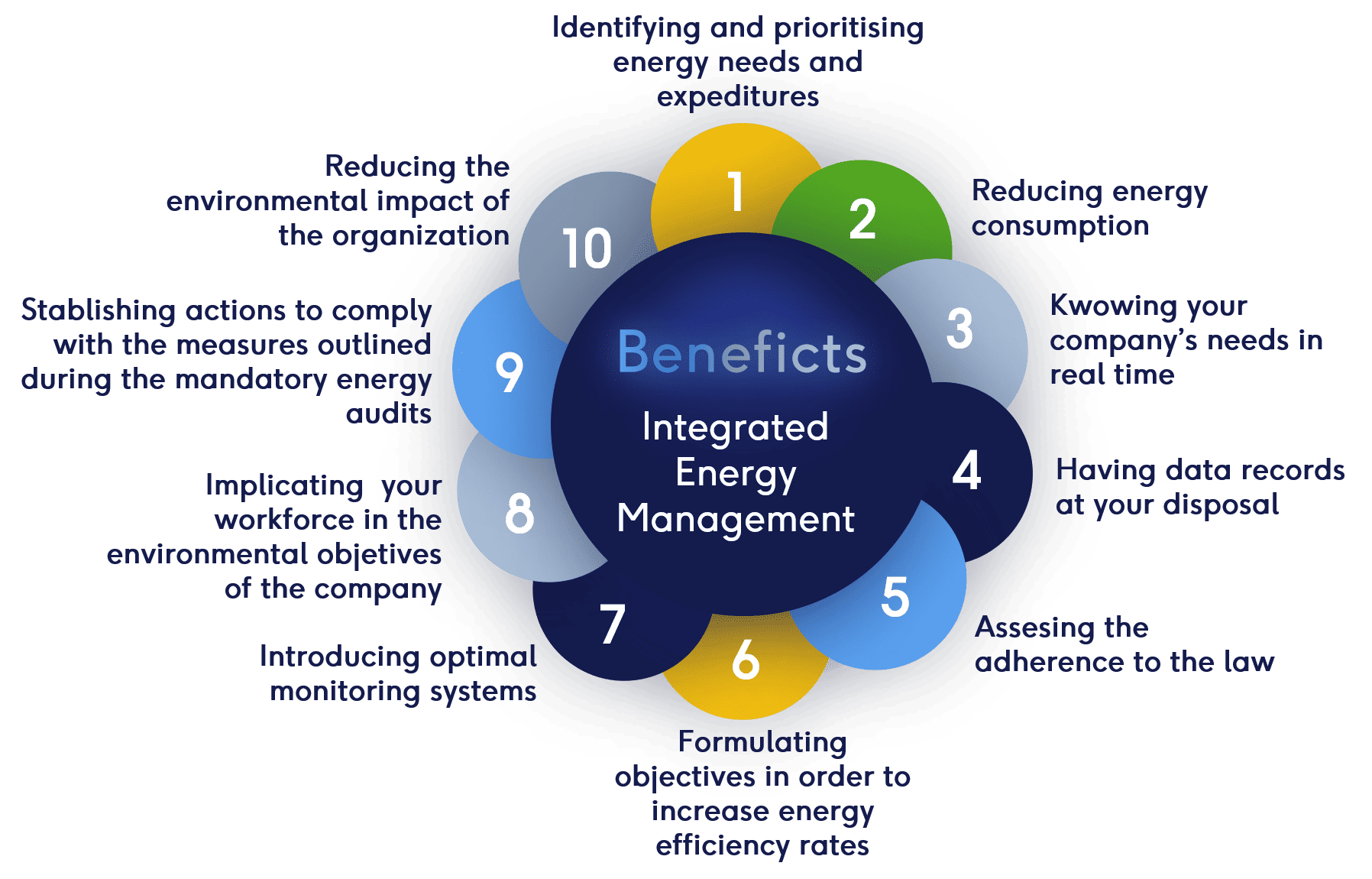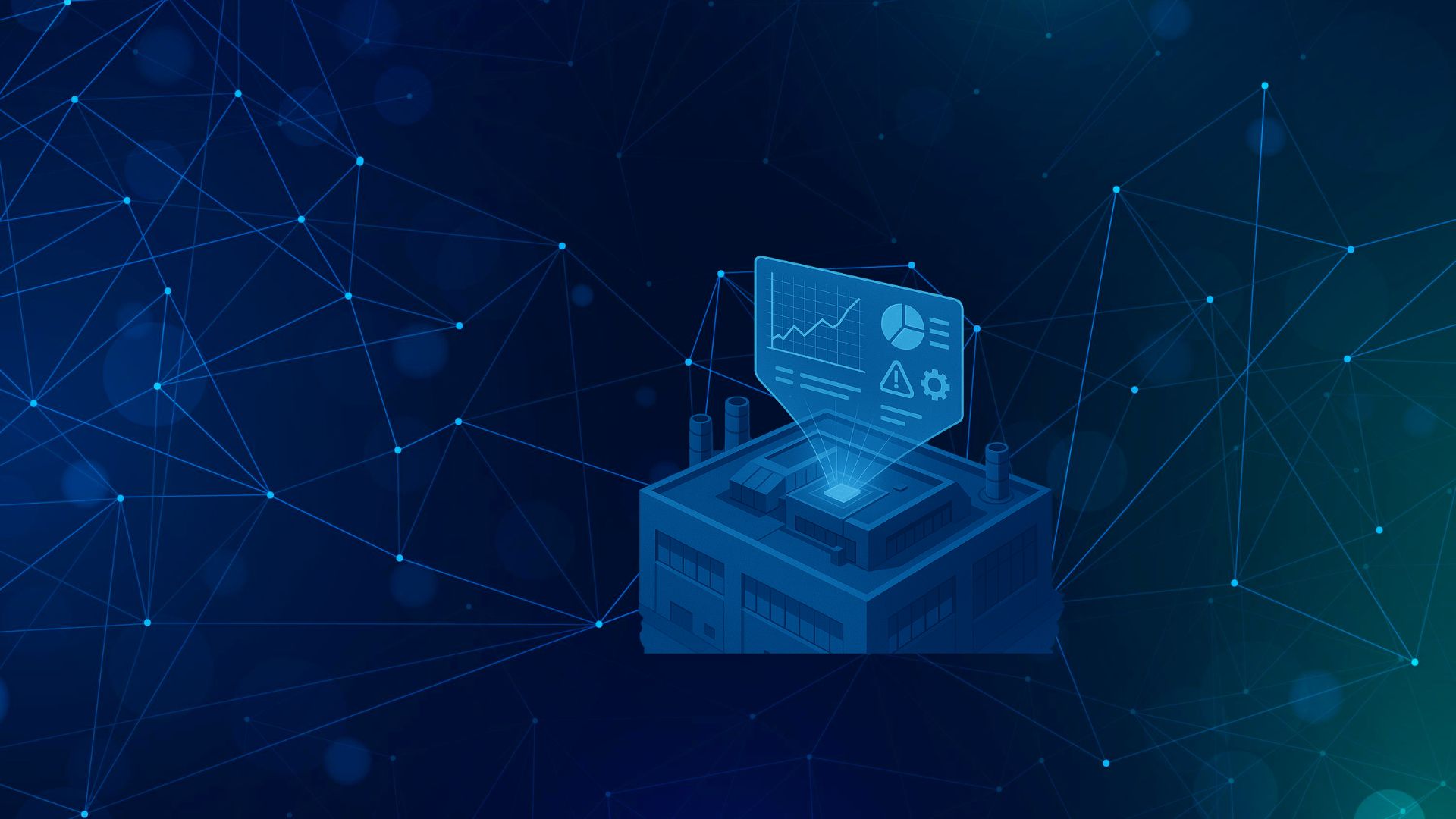In today’s industrial landscape, an energy management system is no longer a purely technical matter; it has become a strategic lever with a direct impact on operating costs, sustainability targets, corporate reputation and long-term competitiveness.
An effective integrated energy management system coordinates people, processes and technology within a unified framework capable of analysing live data, anticipating operational issues, and adapting to evolving regulatory and sustainability requirements. This comprehensive approach blends proven methodologies with technological innovation to deliver measurable results.
Integrated energy management systems and the Sustainable Development Goals
The United Nations’ 2030 Agenda sets out 17 Sustainable Development Goals (SDGs) as a roadmap for governments and businesses to work towards a fairer, greener future.
SDG 7, “Ensure access to affordable, reliable, sustainable and modern energy for all”, is directly relevant to the industrial sector, with specific targets to:
- Increase the use of renewable energy sources.
- Double the rate of improvement in energy efficiency.
- Strengthen technology transfer in clean energy.
- Guarantee the sustainability of energy services.
In this context, a managed energy system not only supports environmental and corporate social responsibility goals, but also strengthens regulatory compliance and competitive positioning.
Legislative framework in Europe and Latin America
Across Europe, regulations on energy efficiency have become increasingly demanding. Directive (EU) 2023/1791 on energy efficiency introduced the “energy efficiency first” principle, expanded the scope of mandatory audits, and set ambitious consumption-reduction targets for all sectors, including industry and energy management systems for commercial buildings. Initiatives such as REPowerEU further accelerate the transition towards renewable sources and reduce external energy dependence.
In Latin America, several countries are also advancing regulatory frameworks that encourage the implementation of sustainable energy management systems. For example, Brazil’s National Energy Efficiency Plan promotes the adoption of managed energy systems in manufacturing, transport and building sectors; Chile’s Energy Efficiency Law requires large consumers to implement an energy efficiency management programme or conduct regular audits; and Mexico’s National Energy Transition Strategy outlines efficiency targets that align with international best practices.
By adopting an integrated energy solution, organisations in both regions can not only comply with evolving regulations but also gain a competitive advantage through lower operating costs, improved energy performance, and alignment with global sustainability objectives.
What is an energy management system?
A comprehensive energy control system involves defining and implementing an energy policy that governs every action generating energy consumption within a business. It is a global approach covering the entire energy lifecycle: procurement, storage, utilisation, equipment maintenance and process optimisation.
A robust energy data management system will typically address:
- All energy vectors: electricity, gas, refrigerants, biomass.
- All organisational levels: management, production, maintenance, logistics.
- All phases of the PDCA cycle: planning, operation, verification, improvement.
Beneficts of energy management systems
The benefits of an energy management system extend well beyond energy savings. They include:
- Identifying and prioritising energy needs and expenditure.
- Reducing total energy costs.
- Monitoring operational requirements in real time.
- Building a comprehensive historical data record.
- Ensuring full legal compliance.
- Setting measurable objectives to improve efficiency.
- Deploying optimal control and monitoring systems.
- Engaging employees in energy and environmental commitments.
- Structuring actions to meet audit recommendations.
- Reducing environmental impact across operations.
Next-level energy management systems: technology as the driver
Modern energy management and control systems leverage advanced technologies to deliver performance gains:
- IoT sensors for real-time data capture.
- Digital twins to simulate scenarios and predict outcomes.
- Artificial intelligence to detect patterns and recommend actions.
- Automation to apply operational adjustments instantly.
These capabilities are delivered through energy management system software, enabling organisations to:
- Manage equipment and consumption across geographically dispersed sites.
- Automate processes and configure real-time alerts.
- Create dashboards and KPI-driven control panels.
- Reduce consumption by up to 40%, avoid demand peaks, and anticipate equipment failures.
Practical application in industrial refrigeration
A leading industrial refrigeration company integrated its ISO 50001 framework with a building energy management system. By selecting the right energy management systems software, it achieved:
- Early detection of micro-leaks in refrigerant lines.
- Automatic load adjustment of equipment based on real demand.
- A 12% reduction in annual electricity consumption and a 15% drop in fluorinated gas emissions.
All of this was achieved without increasing headcount, thanks to automation and intelligent data analytics – showcasing the capabilities of integrated energy solutions in real-world conditions.
Strategic alignment and sector leadership
The adoption of a sustainable energy strategy addresses three critical challenges: meeting global sustainability goals, complying with tightening regulations, and enhancing competitiveness.
By combining continuous improvement methodologies with energy solutions, companies not only optimise their consumption but also align with the SDGs, strengthen their market position, and ensure compatibility with international standards such as ISO 50001 – a proven framework for structuring and improving energy performance.
Whether applied in manufacturing plants, supply chains, or as energy management systems for commercial buildings, the right EMS energy solution transforms compliance obligations into strategic advantages.




